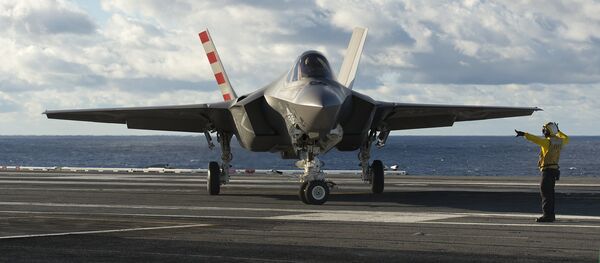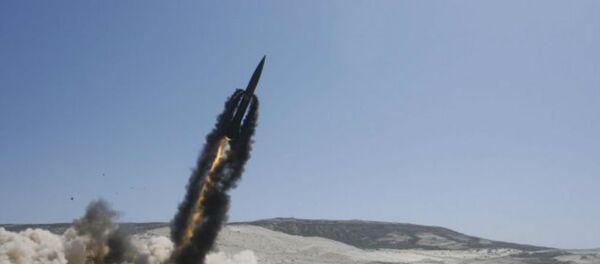The plane's manufacturer, Lockheed Martin, has completed 43 of the 45 jets scheduled to be built this year, including the first foreign-built plane that was recently rolled out in Italy, Defense News reported.
The program received a surprise boost last month when UK Prime Minister David Cameron committed to an $18 billion defense spending increase that will triple the rate at which Britain buys F-35s.
Previously expected to purchase just eight F-35 fighter jets through 2023, the Royal Navy now intends to buy 24. Moreover, after warning it might only honor its minimum long-term commitment of 48 total aircraft, the United Kingdom now intends to buy its full allotment of 138 stealth fighter jets.
The program took a hit in October, when Canada's newly elected Prime Minister Justin Trudeau vowed to kill a plan to buy 65 fighters for roughly $9 billion and find a cheaper aircraft to replace the country's CF-18 Hornet fleet.
The blow was softened, however, the following month when the Pentagon received word that Canada will stand by its pledge to invest $150 million in the F-35 development, but will also hold a new fighter competition to examine alternatives.
On the technical side, F-35 engineers believe they have found a solution for the troubled ejection seat, which could kill pilots who weigh less than 136 pounds, Defense News reported. That solution has not been confirmed though.
The F-35 program is expected to cost $1.5 trillion over its 55-year lifespan, making it the most expensive US weapons program ever.




